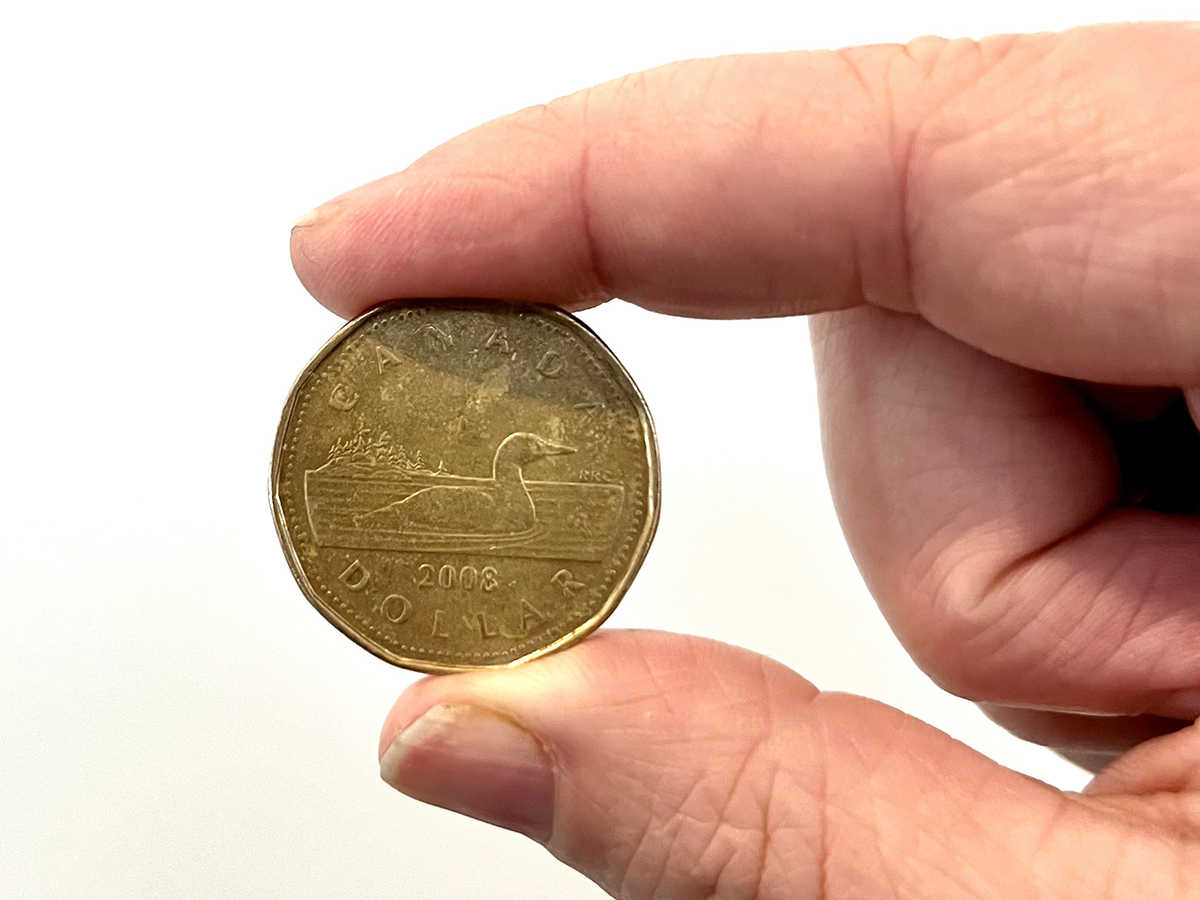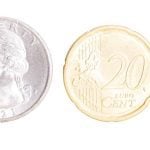When it comes to global reserve currency for the agriculture industry, the American dollar is king, but it’s reign will not be forever.
That was the prediction of Christian Lawrence, a senior macro markets strategist for Rabobank.
“The dollar’s role as the world’s reserve currency has been declining for decades. It was nearly 80 per cent of reserves a few decades ago. Now it’s down to about 60 per cent. A lot of that is to do with the rise of the euro,” Lawrence told the recent Alberta Beef Conference in Calgary.
Read Also

VIDEO: Agritechnica Day 4: Robots and more robots, Nexat loves Canada and the trouble with tariffs
Agritechnica Day 4: Robots and more robots, Nexat loves Canada and the trouble with tariffs.
“If you want to ask me if the dollar will be the reserve currency forever, the answer to that is 100 per cent no. But of course, it’s all about time frames.”
Even a couple of years ago, many countries said they wanted to move away from the U.S. dollar. The problem is they need a viable alternative, and the options have their own questions.
“It’s certainly not the Chinese renminbi, which is still controlled by the (Chinese Communist Party). In fact, the most viable alternative would be the euro, and the euro has its own problems right now. So actually, the use of the dollar within the SWIFT (Society for Worldwide Interbank Financial Telecommunications) system has only increased over the last couple of years,” said Lawrence.
“In order to be the reserve currency, you tend to be the world’s global hedging, you tend to be the most powerful military, and you tend to be that the dominant force globally, and I still think that that is going to be in the U.S. for the time being.”
Some central banks have been replacing their dollar holdings with gold. Others have talked about producing a central bank digital currency so they can avoid the dollar system all together.
“It’s all relative. Whenever you think about a currency, you can’t sell a currency without buying something else, and right now, the dollar is likely to remain dominant. It comes down to this idea that when you look at the globe, the dollar is two currencies,” said Lawrence.
“It is the domestic currency in the United States, and it is also the offshore dollar. We estimate that the offshore dollar and demand for that is driven by debts denominated in dollars, by global trade. Over 80 per cent of global trade is still denominated in dollars. We estimate that outside of the U.S., there’s around about 10 times more demand for the U.S. dollar than there are dollars available. There is a huge underlying demand there.”
Lawrence said he believes a bitcoin strategic reserve will happen in the United Statres, based on a comment U.S. president Donald Trump made last year at a bitcoin conference.
“Trump made one comment that made me very sure that the bitcoin strategic reserve was coming. He said, ‘if we don’t do it, China will.’ There is nothing that scares him more than being caught behind,” said Lawrence.
“In terms of it being a currency, it is pretty useless, quite frankly. It is not very efficient, it is one of the worst crypto-forward transactive. Essentially, bitcoin’s role now is a form of digital gold. If enough people believe in it, it becomes real. Why does the Canadian dollar have any value? Because people believe in it and they believe in Canadian dollar institutions. Enough people now believe in bitcoin that its role as a sort of a digital gold storage value is now cemented.”
The idea of a central bank digital currency is an interesting concept to Lawrence.
It means countries suddenly have a completely different currency and a different way of using their existing currencies. It would offer an avenue to bypass the U.S. dollar-dominated offshore financial system that Trump has vehemently opposed.
“Trump has made it very clear he would ban all central bank digital currencies. He would not recognize any of them,” said Lawrence.
“Central banks have been looking into them for the last few years, but nobody has actually made that jump yet. China has done a few trials, but this is why Trump is pushing back against that, because that could undermine the dollar’s role as the dominant currency globally.”
The U.S. dollar has under-performing recently, which is why it has sold off a little bit in recent weeks. Lawrence attributes it to the reserve cutting rates and the uncertainty Trump has created with his on-again, off-again global tariff threats.
“Concerns are Trump’s actions are going to cause a recession in the U.S., and then the Fed will have to cut more aggressively. I’m not convinced that comes to fruition, and I’m generally still positive on the dollar.”
Lawrence said the Canadian dollar used to be driven by oil prices, but that has not been the case for years, at least when it comes to the gradual ups and downs.
“If oil prices move very quickly and they move a lot, then all of a sudden that relationship to the Canadian dollar changes. It becomes quite strong. When oil prices aren’t moving dramatically and the moves are more gradual, it’s statistically insignificant to moves in the Canadian dollar,” said Lawrence.
“Partly, that is, of course, because of the diversification of the Canadian economy over recent decades.”
Lawrence presented a chart that showed a synthetic dollar calendar exchange rate, trying to mirror the actual exchange rate. They mirrored each other quite closely leading up to the U.S. presidential election and then broke apart when Trump was elected.
“The idea behind this is to try and get an idea of how much is Trump policy changing the exchange rate, versus where it would be if it wasn’t for Trump being elected in November. I am still bearish of the Canadian dollar. I think even with the 25 per cent (tariff) being postponed, and let’s assume it’s postponed again, I still think we’ll see the dollar Canada exchange rate move towards the 148 level. I think the Bank of Canada is going to cut rates a little, I would say, as the market’s expected, maybe a little more, whereas I don’t expect the feds to cut rates as aggressively as the market is expected,” said Lawrence.
“When you think about that dollar Canada exchange rate, it is predominantly driven by the interest rate differential. So my base case is a move up to 148. If that 25 per cent (tariff) goes in place and stays in place, and it isn’t going to be removed, I think we could be moving as high as 153 for the dollar capital exchange rate.”















